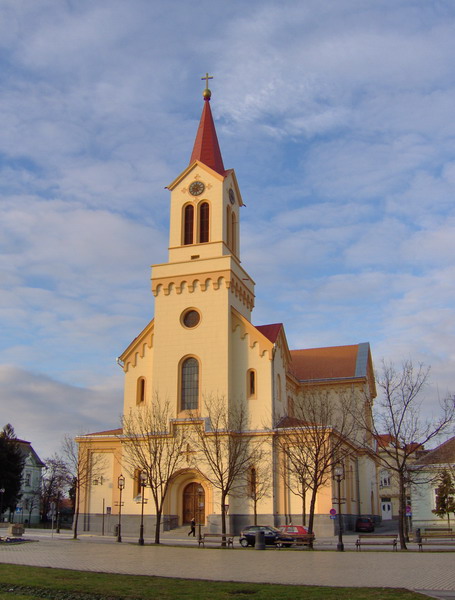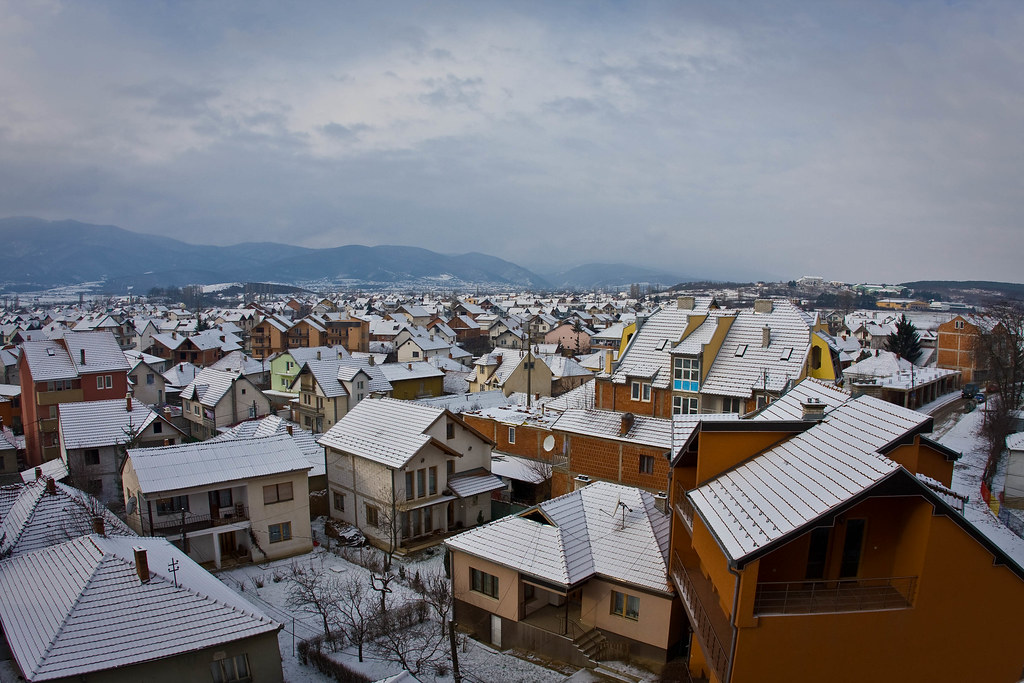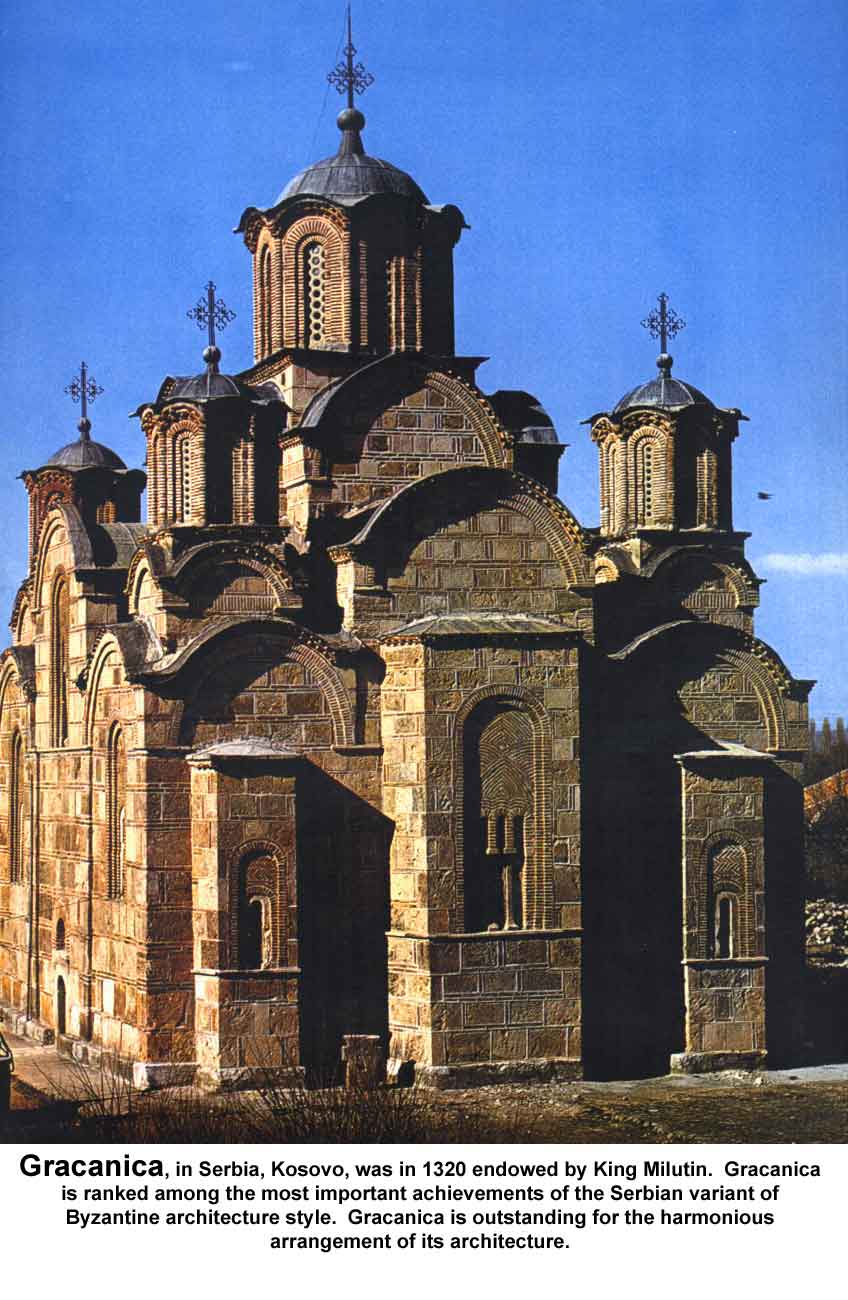City of Nis
Niš (Serbian: Ниш / Niš,, Greek Naissòs, Ναισσος) is a city in Nišava District, Serbia situated at 43.3° N 21.9° E, on the Nišava River. With more than 250,000 (municipality 300,000) inhabitants it is the largest city of South Serbia and third-largest city in the country, after Belgrade and Novi Sad. The city covers an area of about 597 square kilometres, including the city of Niš itself, the Niška Banja spa and 68 suburbs. Niš Constantine the Great Airport (Аеродром Константин Велики) is its international airport with the destination code INI. Niš is the administrative center of the Nišava District of Serbia.
Situated at crossroads of Balkan and Central European highways, connecting Asia Minor to Europe, Niš is one of the oldest cities in the Balkans, and has from ancient times been considered a gateway between the East and the West. It is home to one of Serbia's oldest Christian churches dating to the 4th century in the suburb of Mediana.
Niš is also notable as the birthplace of Constantine the Great, the first Christian Roman Emperor and the founder of Constantinople, as well as two other Roman emperors, Constantius III and Justin I.
Niš is a university center. There are about 30,000 university students at the University of Niš, which comprises 13 faculties. Niš is also one of the most important industrial centres in Serbia, a center of electronics industry (see Elektronska Industrija Niš), industry of mechanical engineering, textile industry and tobacco industry. In 2013 the city will host the Ecumenical Assembly of Christian Churches, in honour to 1700 years of Constantine´s Edict of Milan.
Nis have a lot of old Military buildings.
Military establishment
One of army garrisons in Nis
Army garrison in Pantelej
Old Fortress
Immortals
Nisava River
Nadežda Petrović (Serbian Cyrillic: Надежда Петровић) is considered the most important Serbian female painter from the late 19th and early 20th century. She was born in 1873 in Čačak and died in Valjevo in 1915, both towns being within the Kingdom of Serbia during her lifetime. She was also known as Serbia's most famous Fauvist.

















































